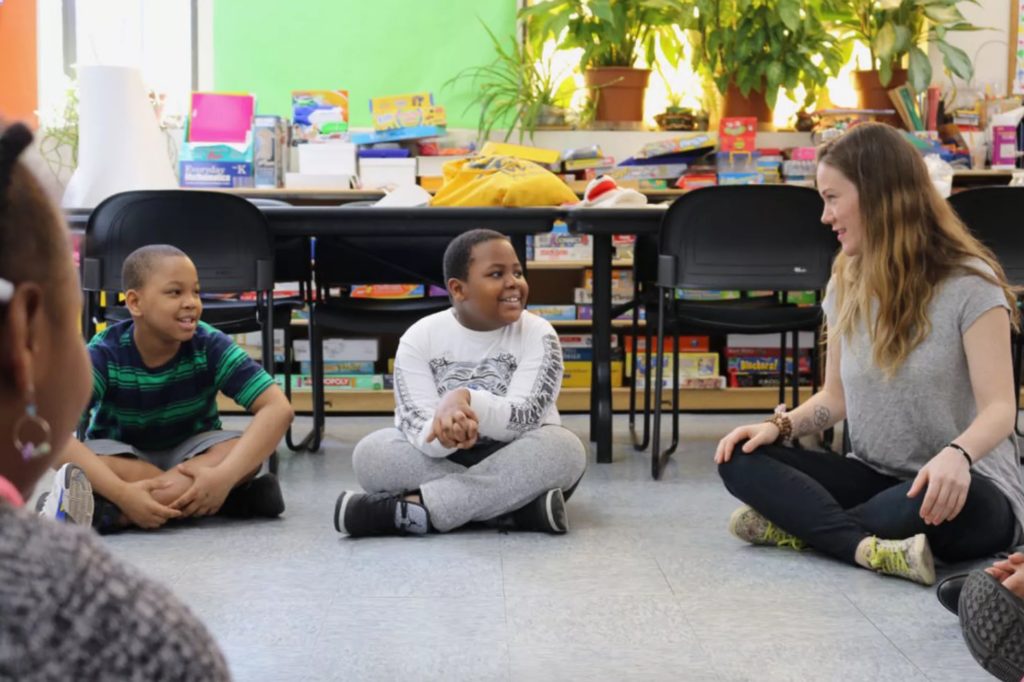NYC’s shelter Wi-Fi plan expected to wrap up after school year ends

This story was originally published by Chalkbeat, a nonprofit news organization covering public education. Sign up for their newsletters here.
Students in shelters have struggled to find reliable internet access or cellular coverage for their city-issued iPads.
Days after promising Wi-Fi for all family shelters amid concerns of poor internet access for homeless students, city officials revealed that most shelters won’t be connected until the summer, when the school year will have ended.

Brooklyn Boro
View MoreNew York City’s most populous borough, Brooklyn, is home to nearly 2.6 million residents. If Brooklyn were an independent city it would be the fourth largest city in the United States. While Brooklyn has become the epitome of ‘cool and hip’ in recent years, for those that were born here, raised families here and improved communities over the years, Brooklyn has never been ‘uncool’.